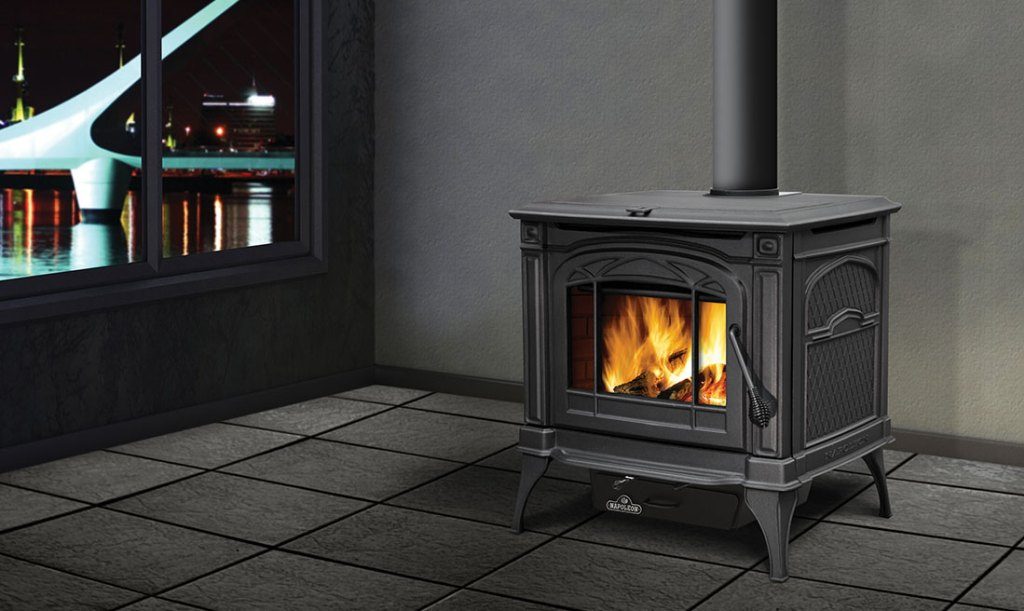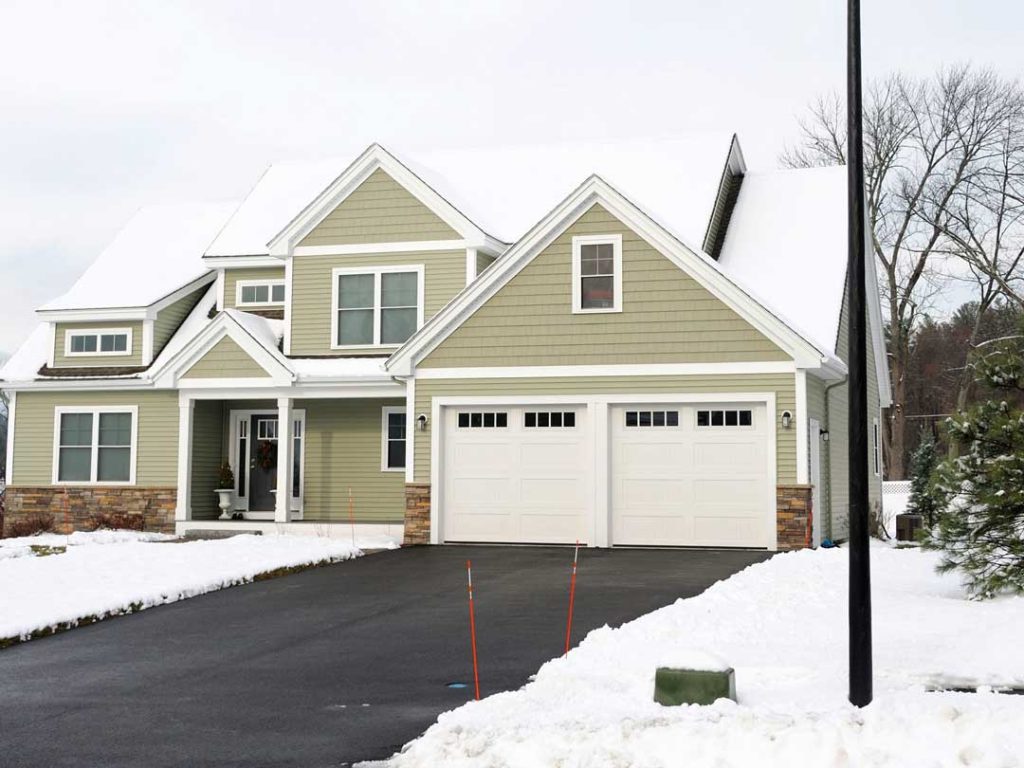Statistics show Canada’s winters are getting colder and receive more catastrophic weather. The Weather Network currently predicts the upcoming 2017/2018 winter to resemble conditions observed through the 2016/2017 cold season. The Great Lakes region is expected to have the coldest temperatures this year, colder than the average for the area.
Impacted by climate change, winter of 2017 will bring strong rains, winds, and eventually freezing weather that will test Canadians when they are on the roads and in their homes.
Preparing Your Car for Winter
More snow and cold weather makes driving more hazardous and motorists should take extra care during the winter. Ontarians are, of course, used to driving in inclement weather, but the following are always important things to consider:
-
Ensure your vehicle is ready for winter: Winterizing your vehicle can be the difference between a collision and staying safe on the roads. For consumers with newer vehicles, sending the car to a dealer or service facility is a straightforward way to prepare a vehicle. The service provider will add winter motor oil, transmission oil, differential oil, thermostat protection, and more. Customers with older vehicles may not have service access, but should still ensure the above items are taken care of.
-
Winter Tires: Arguably the most important part of readying your vehicle for driving on winter roads is to install specialist tires. Depending on first snowfall in your region, you should install winter tires from mid to late November and leave them through the cold season. It is worth mentioning that using winter tires will score you an auto insurance discount in most cases.
-
Winter Safety Kit: While we would advocate a vehicle safety kit in all circumstances, it is doubly important during winter. A package of essential items has been proven to save lives, but many customers still avoid using them. Canada’s smaller routes can get very quiet in winter, so you need something to help in the event you are stranded. A winter safety kit includes items such as flares, candles, a blanket, gloves, clothes, tools, a flashlight, and more. Kits can be built individually, or bought for around $50.00.
-
Carry a Shovel: Deep snow is a fact of life during winter in many parts of the country. Always carrying a shovel in your trunk means you will be able to dig your vehicle out of deep snow.
-
Fully Charged Cell phone: By carrying a cellular device, you will be able to call emergency services if they are needed.
There are certainly other things you can do to prepare a car, such as get a thorough exterior cleaning that includes wax. However, the five above should be vital inclusions at the top of your checklist.
Of course, preparing your vehicle is only a part of staying safe on the roads this winter. It is also hugely important to observe proper driving habits when roads become filled with snow and ice. The following driving tips will give you the best platform to have a safe experience on Canada’s roads this winter.
-
Monitor the Forecast: Before embarking on any journey, check the forecast so you know what conditions to expect. Blizzards and heavy snow are the most hazardous conditions, so knowing ahead of time may allow you to delay a trip until a storm has passed.
-
Observe Laws: A good base for staying safe on roads any time of the year is to obey the laws created for drivers. Maintain a legal speed limit, do not drive while distracted, and do not operate a vehicle while impaired. Carrying valid auto insurance is a legal requirement.
-
Clear the Snow: Before leaving, make sure all snow has been removed from your car, including defrosting windows and lights. It is better to be seen when visibility drops.
-
Drive Safely: Observe speed limits and avoid passing other vehicles in poor weather. If severe weather hits, maintain a distance behind other vehicles around double what would usually be necessary. If visibility becomes problematic, be prepared to pull over and wait it out. Only stop at a safe location where your vehicle will not present a hazard.
Preparing Your Home for Winter
Preparing a home for the winter should be completed before the season begins. This will help you to thwart winters harshest weather and keep your property from Canada’s icy grip. A leaky window can become more than an annoyance when the temperature is 20 below. Check out the following tips to make sure your home is ready for the worst:
-
Service the Furnace: Getting a professional maintenance check for your furnace each autumn should be essential. Additionally, make sure your thermostat is functional, and consider buying a new programmable one to save on heating costs.
-
Clear the Chimney: If you have a chimney in your home, make sure it is swept ahead of winter. You will likely be burning through the cold season and will need your chimney to vent properly. Again, this is a job that should be carried out by a professional. Carbon monoxide is a silent killer and a blocked chimney could spell disaster.
-
Check Doors and Windows for Leaks: While snow and blizzards can be unpredictable, it is a guarantee that it will get cold this winter. Heat loss through leaking windows and doors can make maintaining a cosy temperature nearly impossible. It can also mean paying too much on heating bills through winter months. Seal the leaks, stay warm, and save money.
-
Clean Gutters: Eaves that are clogged by leaves and dirt will not drain snow and rain efficiently. This can lead to build up and eventual leaks.
-
Check the Roof: Missing shingles on a roof can mean heat loss, accumulation, and leaks. Avoid these potential problems by getting a professional to fix roofing issues you find.
-
Trim Trees and Bushes: While overhanging trees may look pretty in winter, they can be hazards. Trees are perfect accumulators of snow, which adds a lot of weight. If snow becomes too much of a burden, the tree could fall and cause property damage. If you are lucky it would be a broken window, but it would more likely be severe structural damage to your property. This can be avoided by ensuring trees are trimmed down for winter.
Prepare Your Car and Home for Winter Read More »


